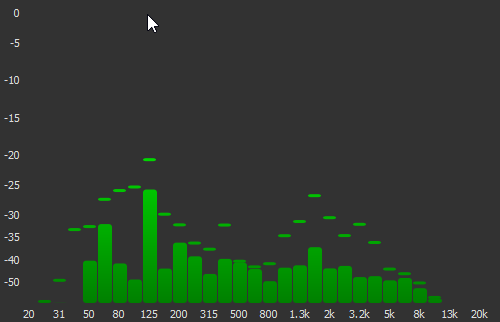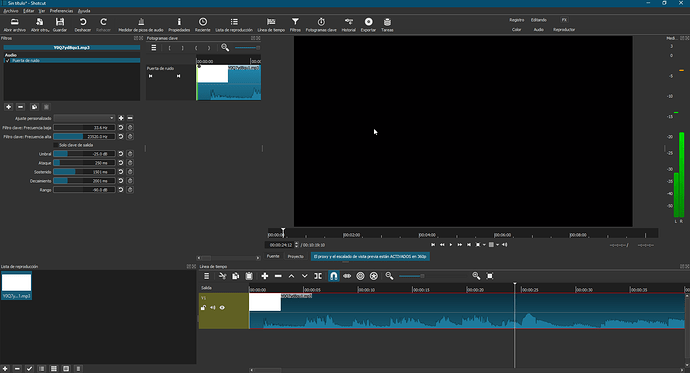Shotcut have a Noise Gate audio filter.
It’s a very flexible filter because you can filter by frequency, the range and from which you want the audio to be heard, the detection threshold, the time in milliseconds for the filter’s reaction (on and off).
Additionally, you can use the low pass filter and high pass filter, for example, to remove high frequencies from high-frequency noise.
You can also be guided by the audio spectrum oscilloscope.

In Audacity, you can perform a noise removal, after the audio is captured, by analyzing an area where there is only background noise.
